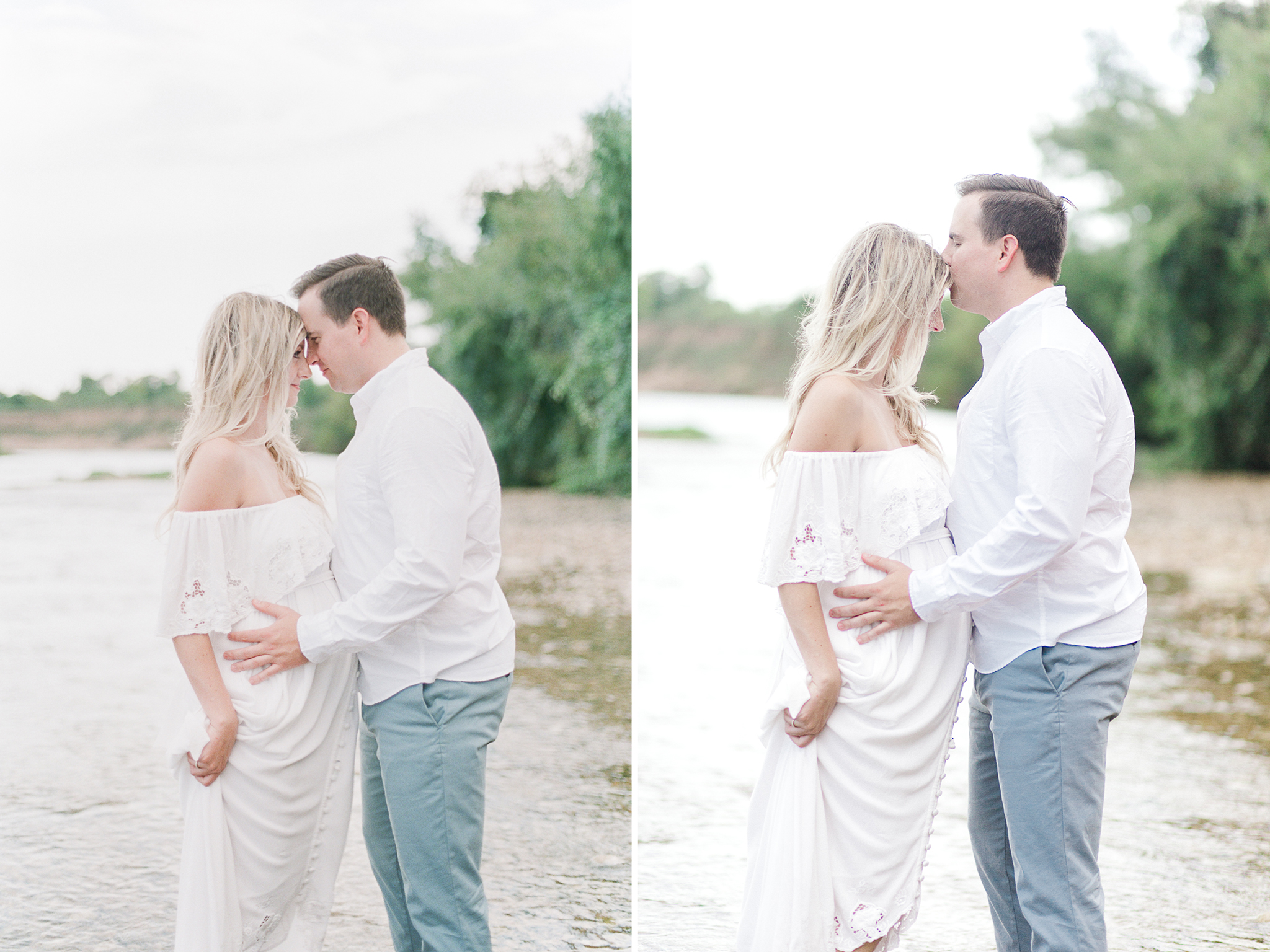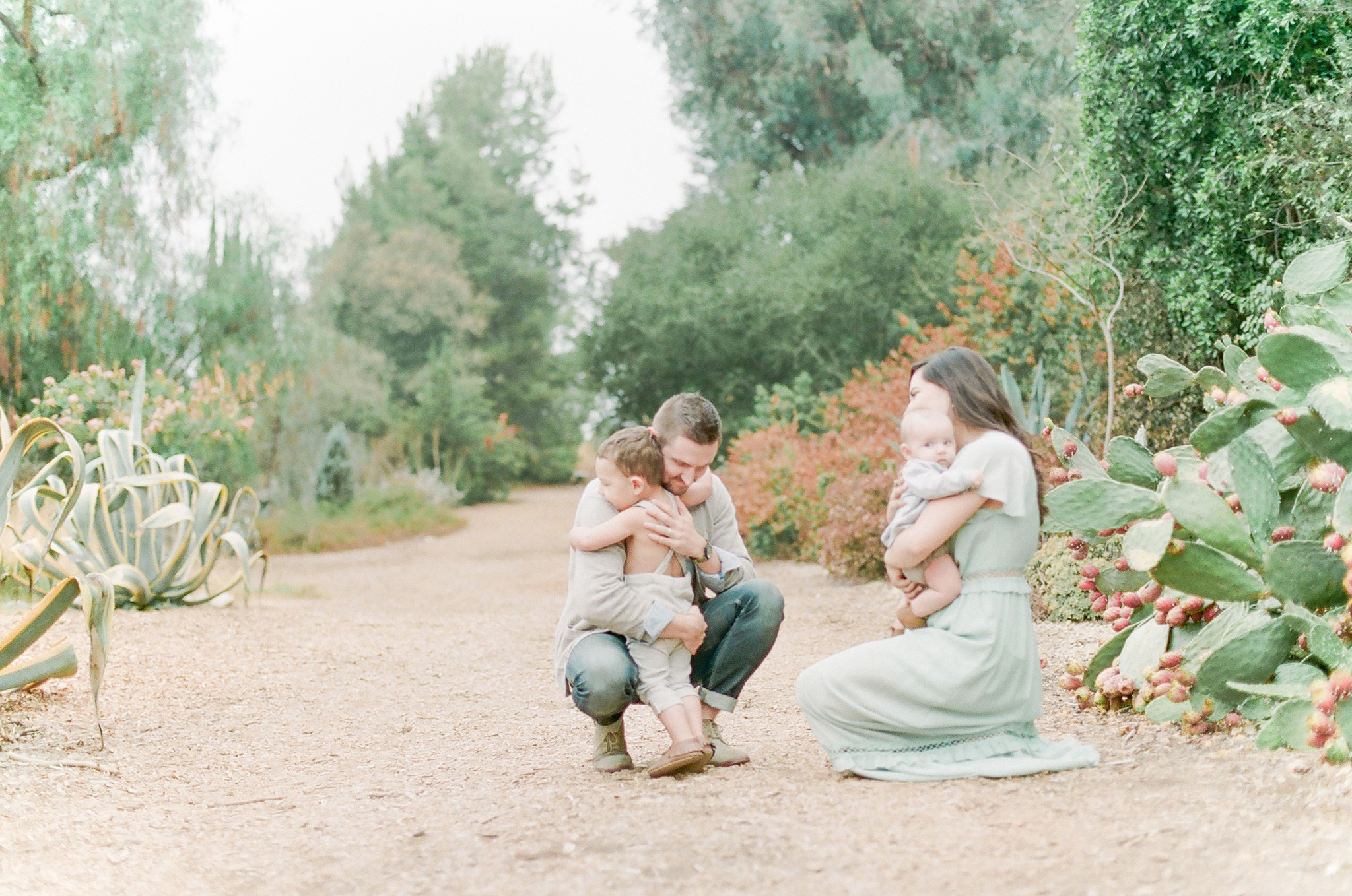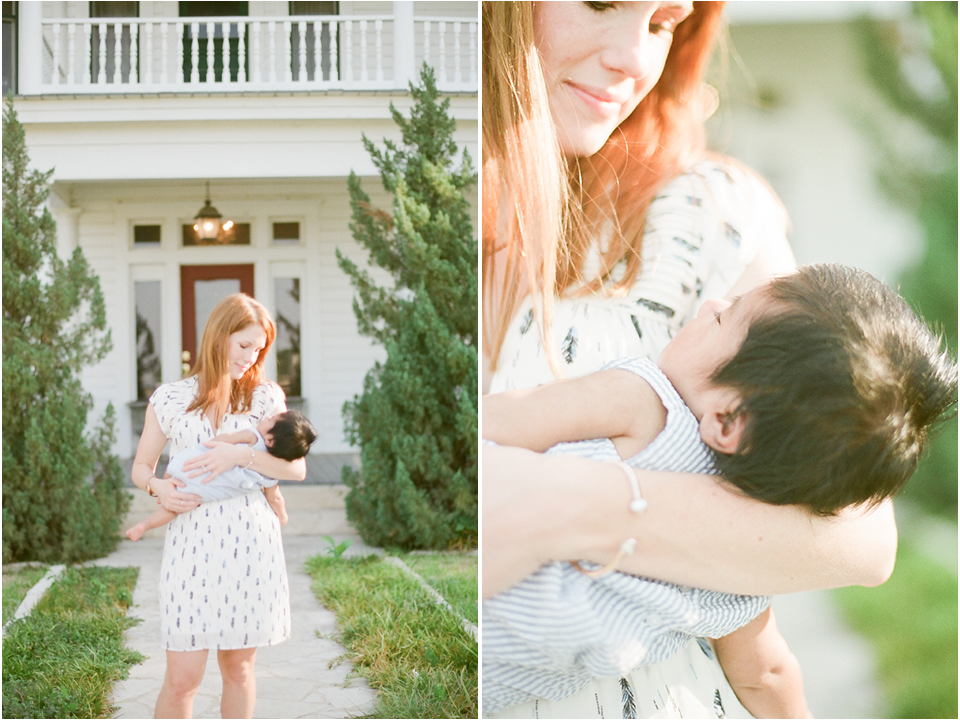
The Backstory
I remember earlier on in my photographic career.. about 7 years in I stumbled upon Elizabeth Messina’s work- a dynamic artist evoking passion, beauty and life through imagery. I was a serial, checkout line US weekly junky while I waited on my turn to pay for my groceries. Sometimes I took a copy home, other times I would skim through quickly to pass the time. The one copy I took home that I will never forget was the copy with Tori Spelling’s family on the cover if I remember correctly it was a 2011 or 2012 issue. There was something about her family photos that wasn’t of the typical celebrity shoots that the magazine would showcase. They were softer and more naturally engaging- less stiff. The tones were airy and pastel-like and there was just an overall ethereal feeling to them. It was then that I read the name Elizabeth Messina credited in an article. I instantly feel in love with her work and labeled her as my idol in the following years. I noticed she had photographed a lot of celebrities I loved to follow from some of my favorite shows like Beverly Hills 90210, Saved by the Bell , and pop culture icons like Jessica Simpson, Tia and Tamara Mowry and even Lauren Conrad. But it wasn’t who she photographed as much as I studied how she photographed them and I came to realize that her color tone and style were greatly impacted by the use of film.
I was shooting on a digital camera at the time but boy I had a longing deep down inside to try my hand at film photography. I knew one day I would but I filed it away with my long list of things I wanted to do. Each year I noted to myself- this is the year I will practice shooting film! But I was just so busy growing my photography business and developing my skills on a digital medium that I just couldn’t fathom all the time I would have had to put into relearning something else. Previously to that though, I did have some experience in shooting with drugstore rolls of film like most folks even before I got my first digital camera. It was nothing to write home about but it was great for documenting my life and my family. I felt like a kid on Christmas morning dropping off my film at a local Walgreens and waiting for the surprises that would come as 4×6 prints tucked inside of a heavy cardstock envelop. Film today, while it is the same plastic spool wound cartridge it was before, I feel, is shot in a different way and is much more expensive to use professionally as opposed to for personal use. Back then I shot my camera on automatic while using $2 film, today I shoot manual while finessing important factors like film stock tones and light to achieve the look I’m after on rolls that cost nearly 6x’s as much. I’m also not dropping it off to get it scanned at Walgreens as I would never recommend clients to print their professional digital photos their either.
The Day I Decided to Just Go For It.
So when did shooting film professionally really start for me? I would say roughly at the end of last year- 2017. I had spent about a year prior and hundreds of dollars in film, if not more than a thousand- developing, scanning, trying out different film stocks in different light, sending to different labs. I poured myself into every educational opportunity I could to learn more about it, to practice it, to perfect it as best I could before I took on paying film clients. It felt like a Rubik’s cube trying out different combinations until everything lined up exactly how I was envisioning. There was something though that really pushed me on more of a fast track with it and that was after my trip last year to Puerto Rico 2 weeks before Hurricane Maria hit. I remember taking both my digital camera and my film. I shot a ton of film on the trip and when I came home and got it developed they became some of the most treasured photographs I owned. Everything was just so alive and beautiful and dimensional in the images. The colors were vibrant and earthy and real. It had been a long time since I had been really proud of my work. I felt like I created beautiful stuff for clients, but it was shooting for myself that really took my mindset from routine-like to embracing patience, subtleties and perfect imperfections. And those same memories taken in Puerto Rico on film were a look at how things were on the island before the hurricane hit just two weeks later. It is a reminder of the strength and the beauty of such a resilient place, a place where I hoped could be this beautiful again where I too had family dealing with the aftermath and the darkness of what lay in the months ahead.

I can always create a beautiful photo for a family on a digital camera, but it is on film where that same image is elevated and more true to life to me. There are distinctive features that you just can’t get on a digital format- it can certainly be emulated that’s for sure, but a digital match will never be 100% exact. I tried for a long time to replicate and tweak with presets on digital images but I was never fully satisfied with the results. I began to shoot hybrid last year- which basically means shooting both digital and film during a session. I had nightmares of the film not turning out since there was not way to see the back of a screen. Digital became my crutch up until recently where I came back from a workshop trip to California and was able to let those hangups disappear. Alexandria Smith of Daphne Mae Photography an avid and talented film shooter for families, really instilled in me to let my insecurities about film drift away. She taught me to foster the slowness and beauty in the process by focusing most importantly on engaging my clients and not so much on the technical jargon that can often build a wall between emotional creativity. She really reassured me that I had already possessed the technical qualities that would ensure the success of a 100% film session. So here I am now, years from my first introduction into the world of film photography and I’ve suddenly l found myself creating the kind of work I’m really happy about. I’ve let go of my fears so I could be all in. When I shoot for a client, I am now essentially shooting for myself each and very time. That can be really hard to do when you are a “service provider”. You get hung up on creating for others because you want them to be happy. You do the basic, the safe, the normal. But then in doing that for several years, you almost become like a robot and I felt like I lost a little bit of myself and my vision having pushed myself into a left brain box. With film I’ve rediscovered my creativity and my purpose through photographing families and motherhood in a right brain kind of way. I feel free.

(left image) film | (right image) digital
Why I Shoot Film
Oh if I could spell out to you how much I love film we would be here for hours. I feel like with any artist there has to be a chemistry between them and the medium. One that I can’t say I truly lived up to with a digital format but that I’ve discovered through using film in my work only. For me an image created from a scan comes alive. It has depth and a soul. It falls in love with light so deeply. It picks up every detail and forgives where digital doesn’t give any grace. The tones are timeless, unrivaled and classic. And my favorite of all is what it does to skin tones. They are dreamy, textured, soft and true to life. Grain gives a layer of dimension and adds nostalgia. There are so many facets carefully weaved into a film image that gives it the magic that it’s known for. When I shoot film, sessions go slower and are more intentional. It fosters an environment where people can just be and do what they do best. Film takes us back to a time where the pressure is off from having instant gratification. There is a tension that is quickly released as my subjects become vulnerable in front of the camera and the interactions become more organically balanced. Shooting with film ultimately becomes an artistic process that is a thoughtful curation of memories. I shoot 35mm, so I have 36 frames of opportunity per roll to create a beautiful story. I do not take any of those opportunities for granted.

As I mentioned, it is costly to shoot film as a photographer. Every click of the shutter has a price tag and can be hard to get on board as a photographer when you are used to putting endless images on a digital memory card that can be recycled over and over. With film, It’s not like back in the day you could look at your Walgreens scans turned into prints and say “no thanks, they didn’t turn how I had hoped” and you could walk out of the store without being obligated to purchase them. You can’t just preview those images in advance and decide which ones you’ll want to pay for, in this case- you have to get them all. There is an expense as a professional photographer whether you like the image or not. There is an expense to purchase rolls for each session and then to scan and develop, there is an expense to get them mailed to and from the lab when that process is completed. This is why mastery is needed to secure those skills early on so that the keep rate is as high as possible. In fact, because of the intention, I’ve found myself to shoot a lot less and get a lot more on film than I used to on a digital format. But I feel the expense is worth it’s weight in gold to be able to have a purposeful session experience that is beautiful and unique. It is why I choose to spend over $150 per session alone between the film and the scanning process that follows. That does not include the time I invest and general costs of doing business through the entire session experience which can range between 16 – 23 hours of labor per client (which will be a pricing topic for another day). That said, most of the work lies on the front end of the session experience. Getting great light and waiting steadily for moments to appear. Then, once I hear that joyous sound of the film rewinding it is time to send her to the lab for scanning and developing. I personally do not mail in one session at a time but instead wait until I have accumulated a bulk order of rolls to send all at once. This is why my turnaround is about 3-4 weeks as I mail in several sessions in one package. But once the lab receives them, it just takes a few days or a week depending on the lab and the level of volume they have to receive them back as digital copies. I then cull, curate and put the final editing touches to the very best ones for a clients viewing. Certainly there are risks to film, like getting rolls lost in the mail (which I’ve never heard has happened to anyone I know btw..) or exposing a roll in the light (which can sometimes even be a happy accident.. hello real light leaks!) but the risks I feel are so much higher with digital such as card corruption, computer crashes, hard drive failure and wherever else technology can fail, change or evolve. Those brown stripes of film negatives can be stored and re-scanned over and over for the next 50+ years whereas digital images can be lost without warning. And because technology is technology, I do still always make sure to bring another camera body to sessions in the event of equipment failure. With either medium there’s no getting around that so it’s just best to be prepared. Last, film has an imperfectness to it that I wholeheartedly embrace and love but it’s an aesthetic that is not for everyone. Those seeking tack sharp images with no grain just aren’t going to find that in film even with the most ideal settings and the best light.

The best way I can explain film is like this. Film is the creaky wooden floor in an old house. It is the sound of the ocean when you’re eyes are closed and your feet are pressed against the sand. It is the dappled light that shines in through a window. You can’t explain why you notice this magic, nostalgia and peacefulness more than anything else- maybe it is because you are more aware. But you know it’s something you didn’t know you were craving until you felt it. Film has that affect. It’s that something.




